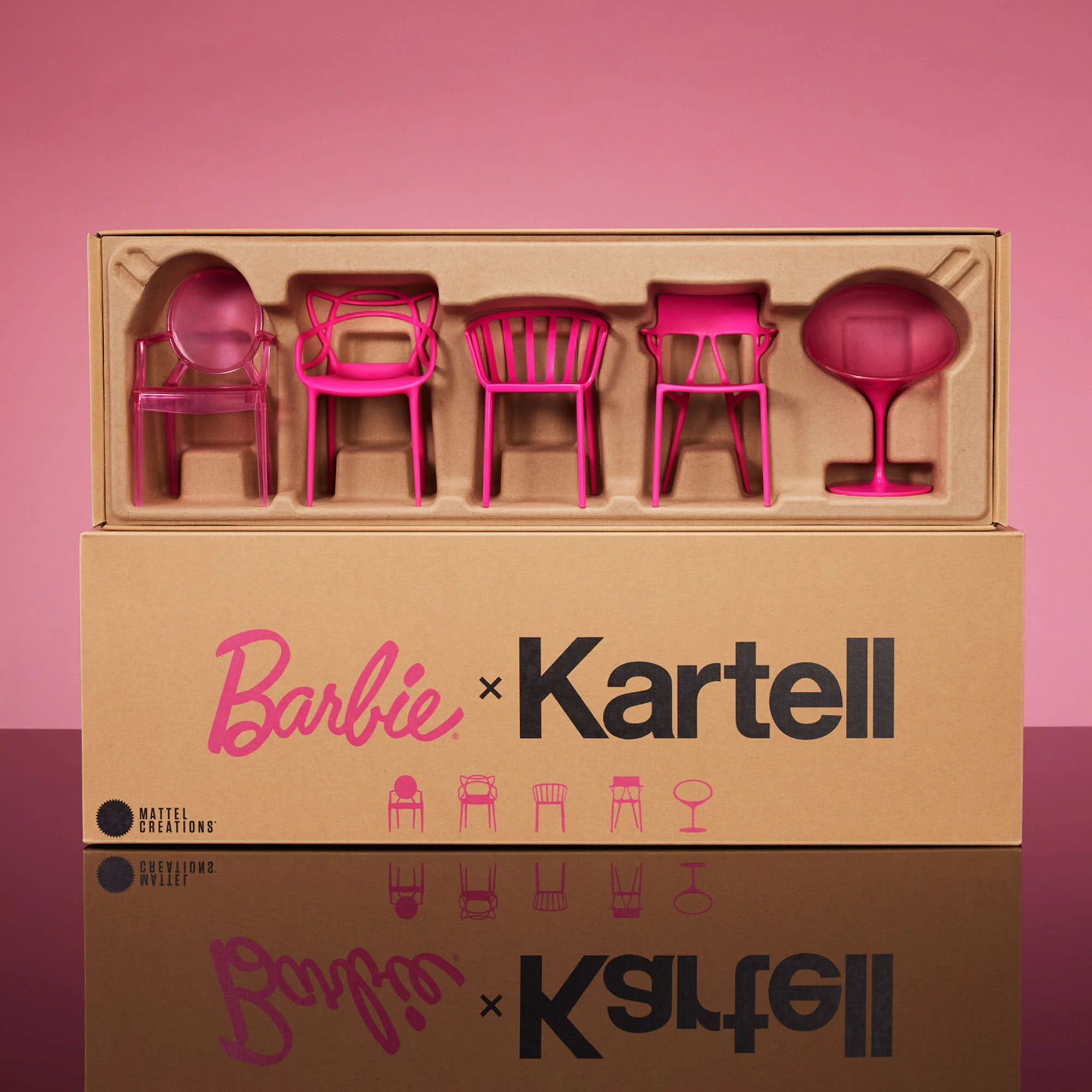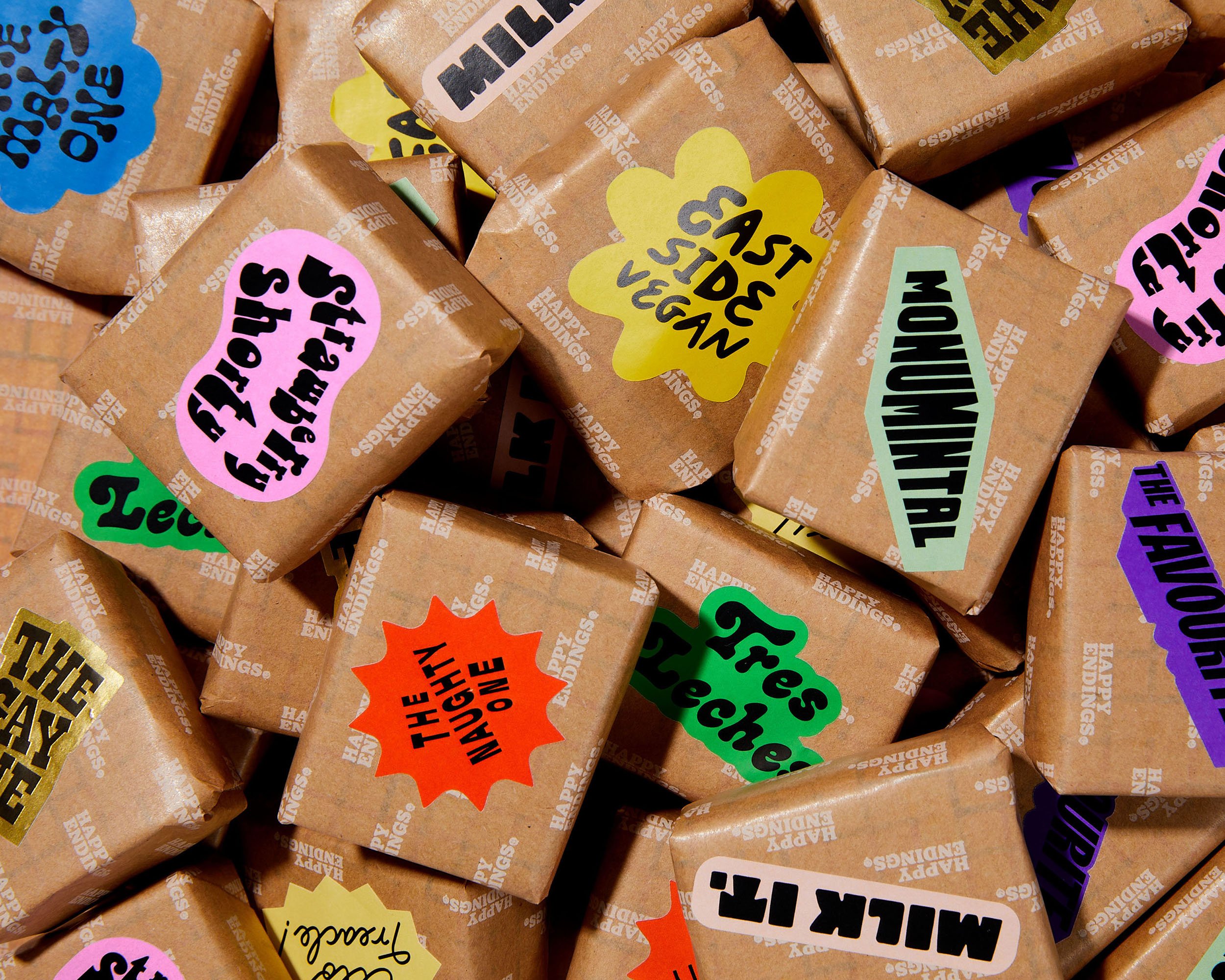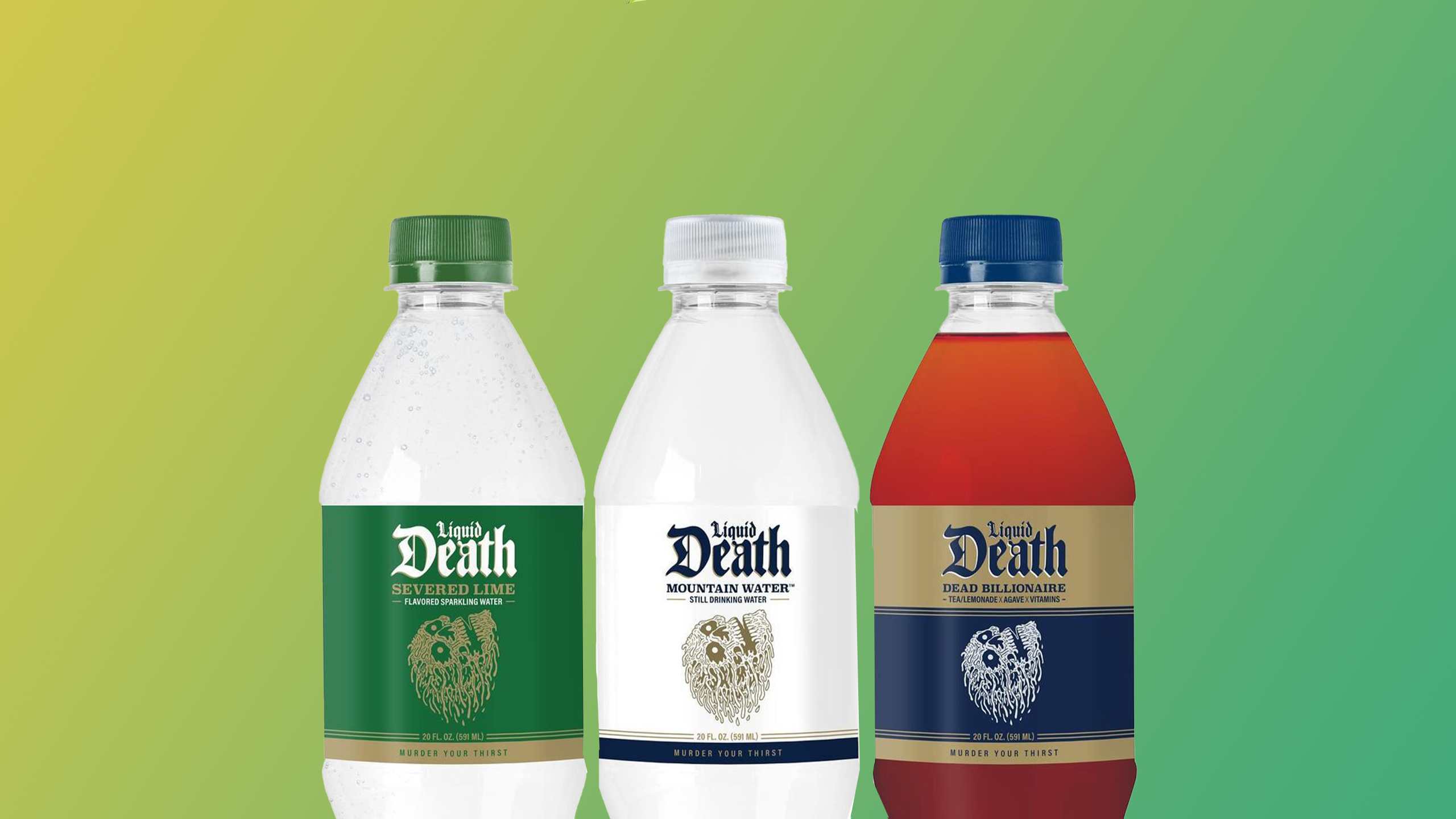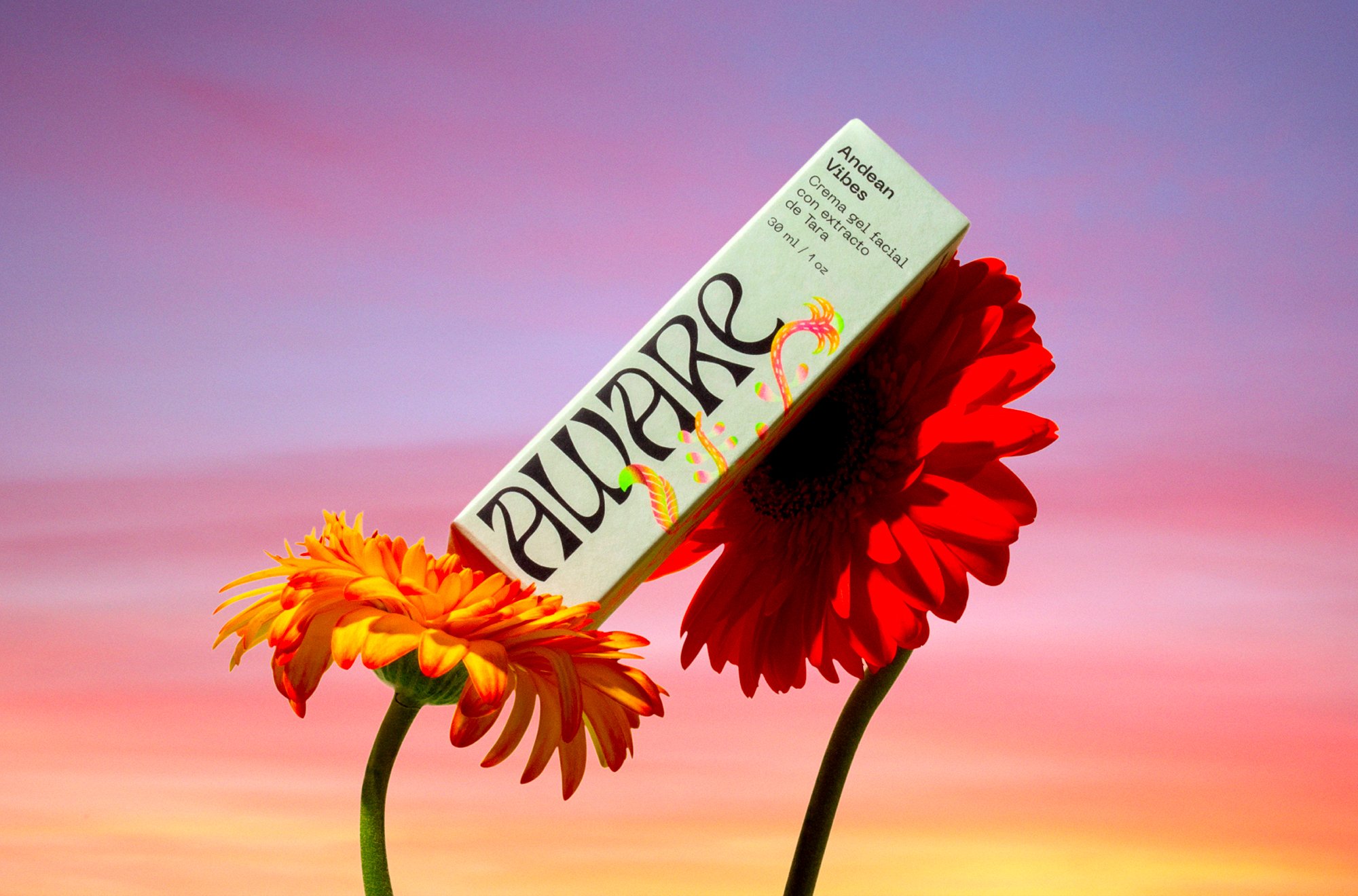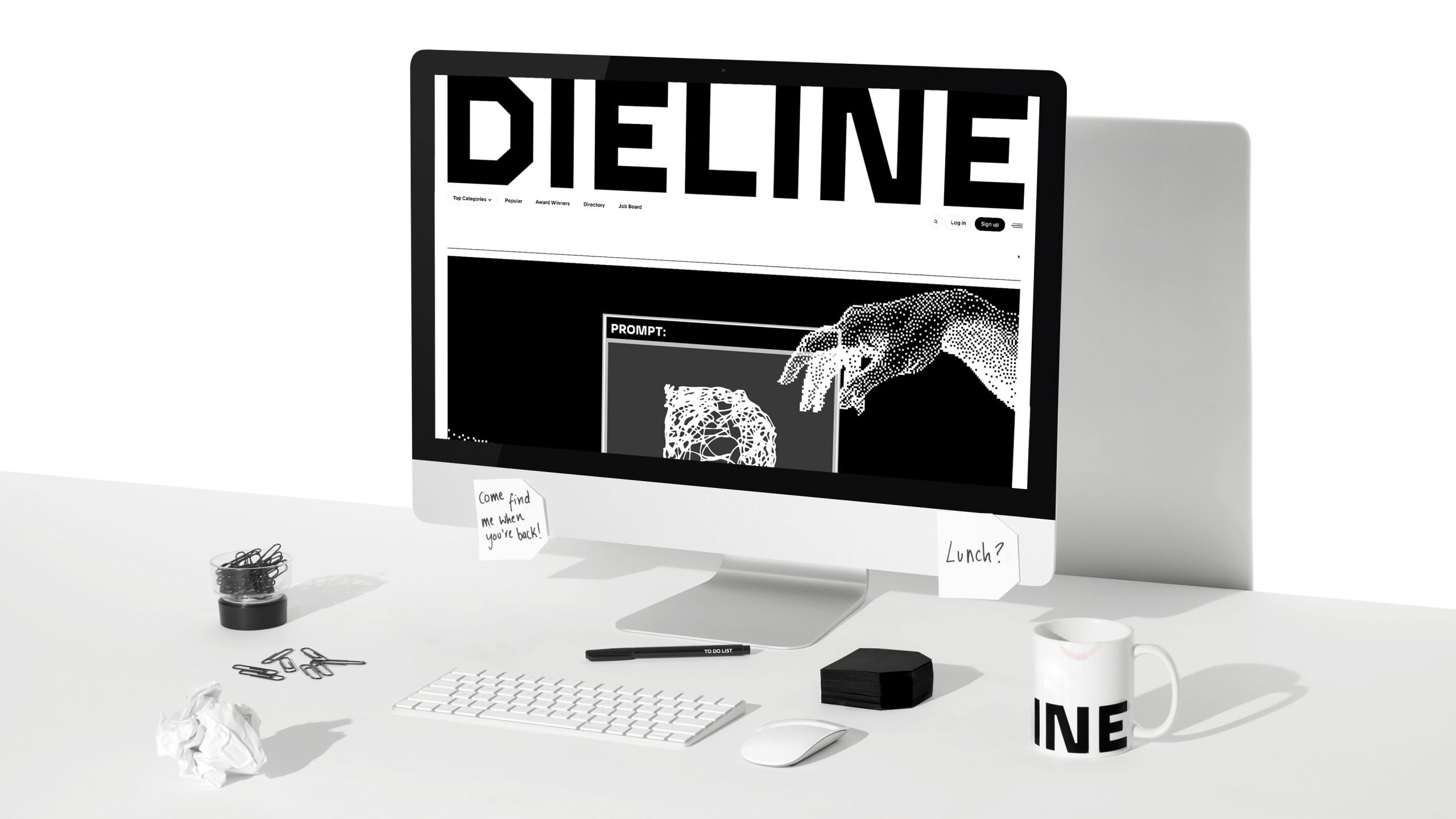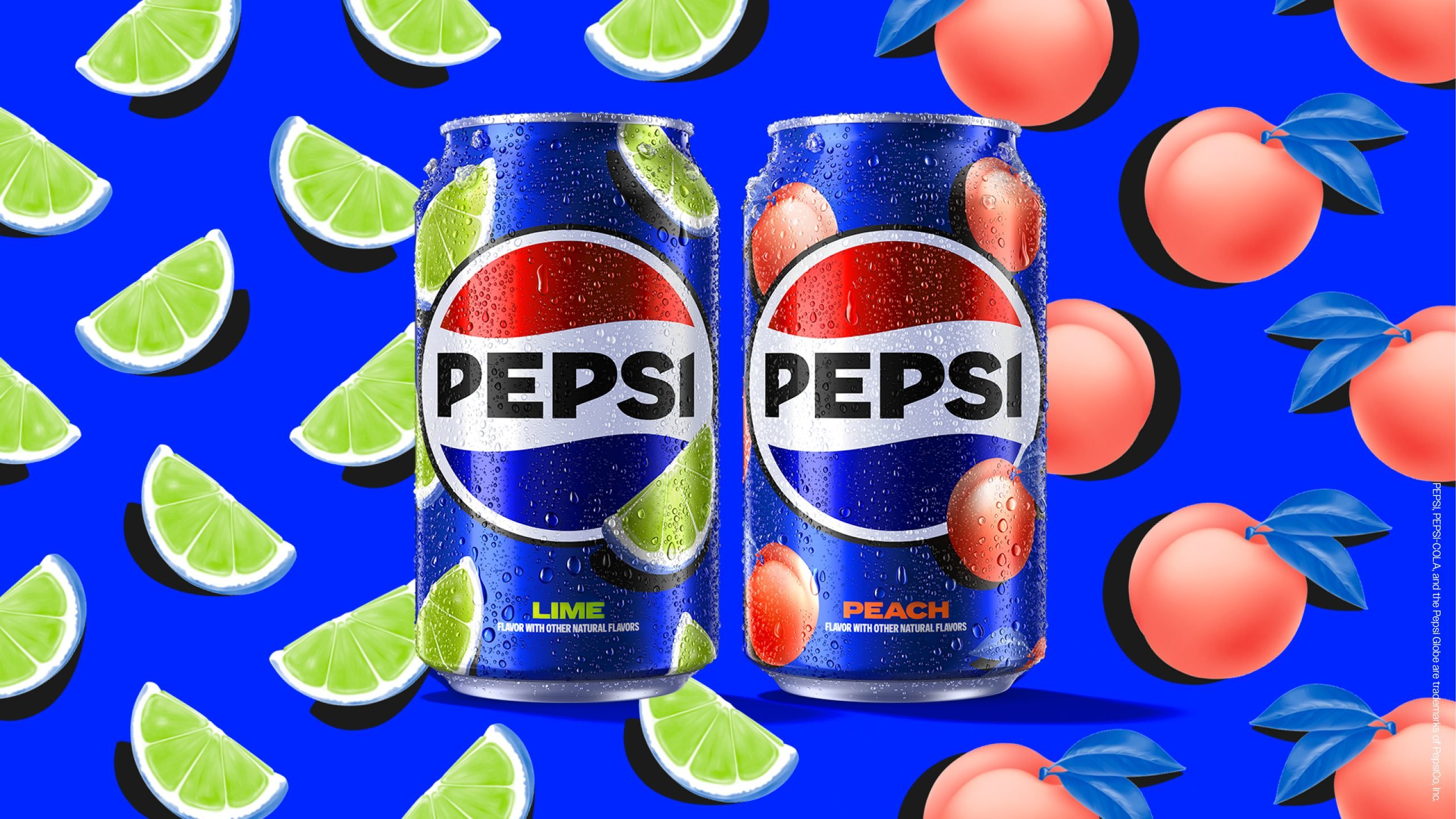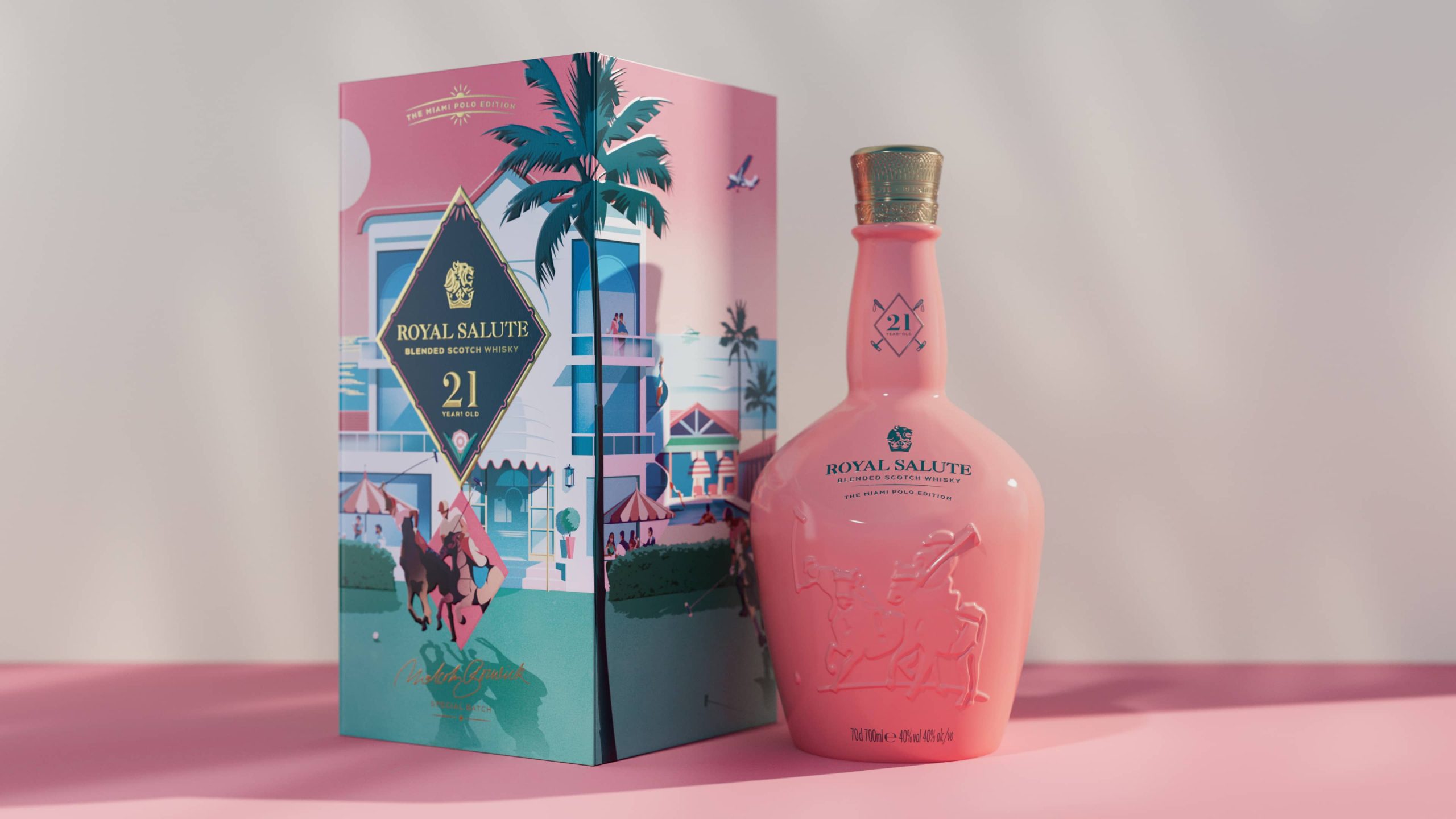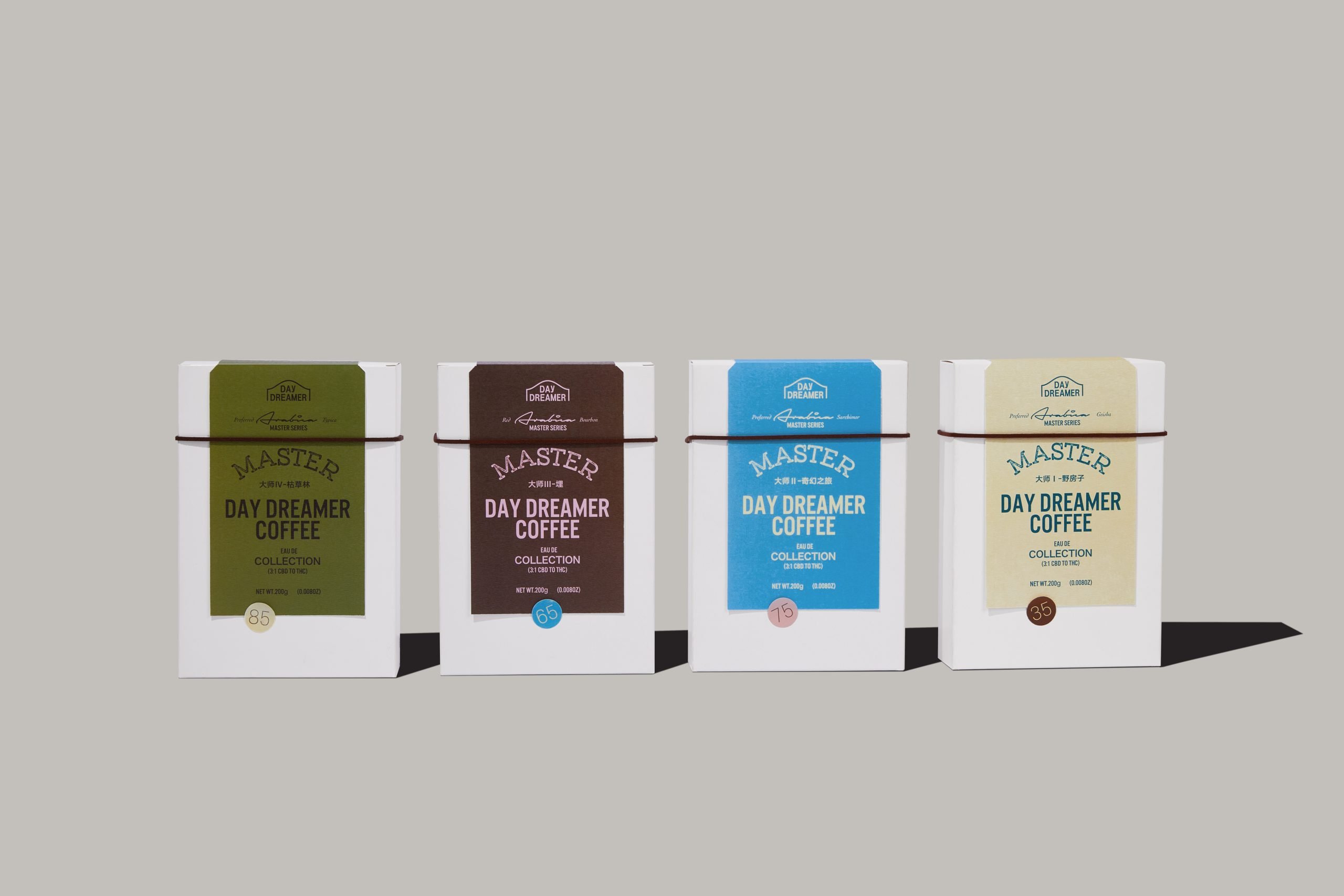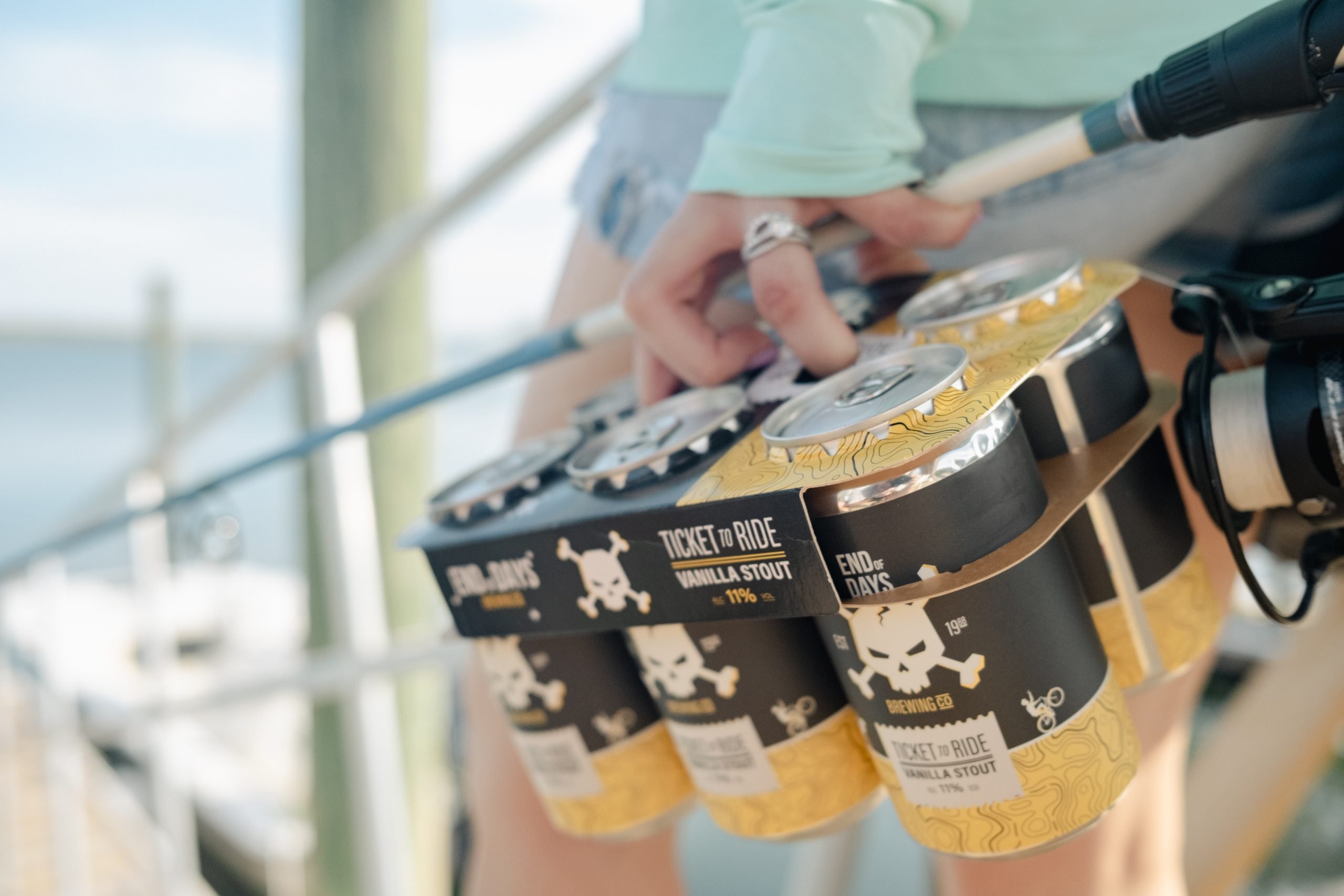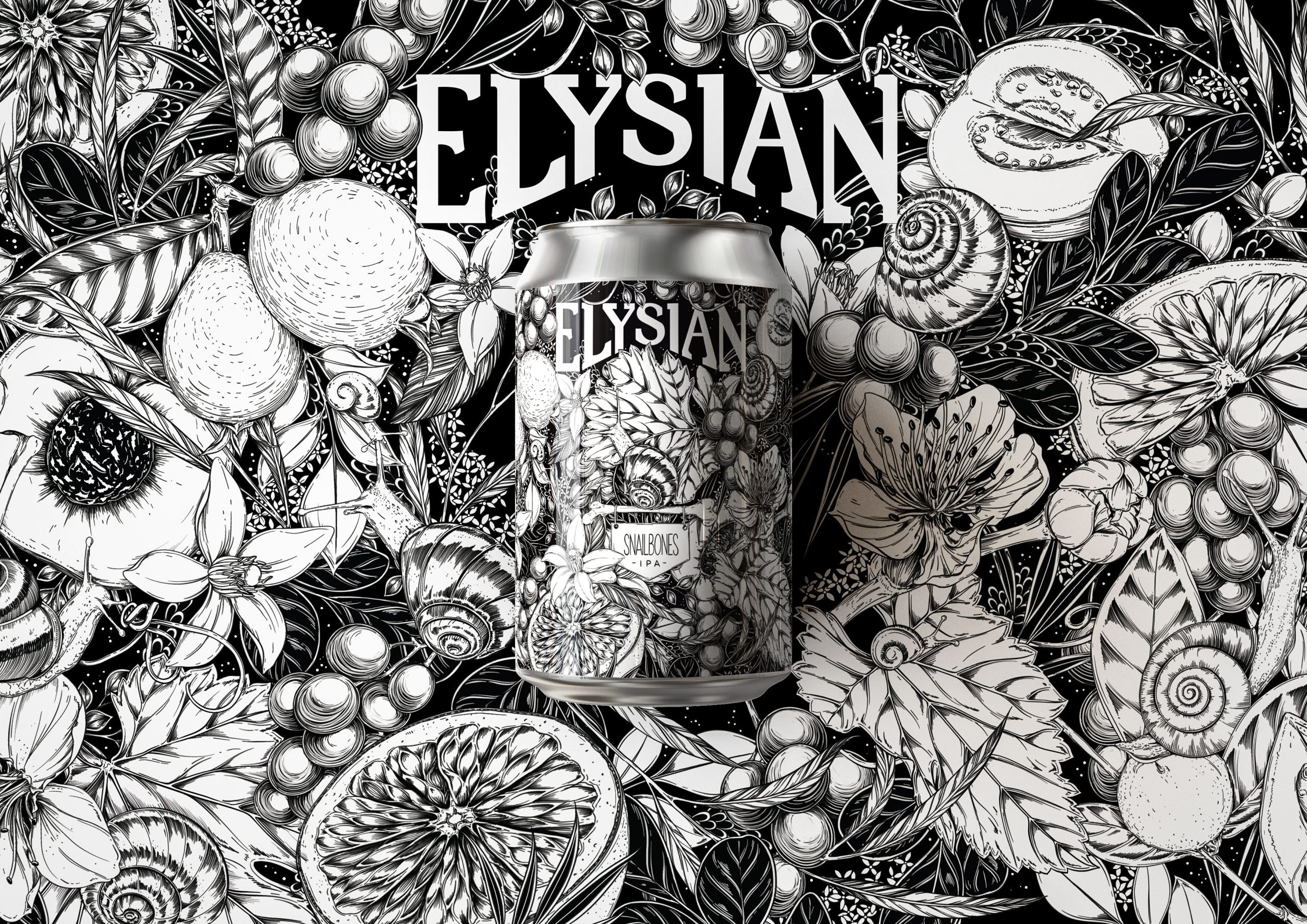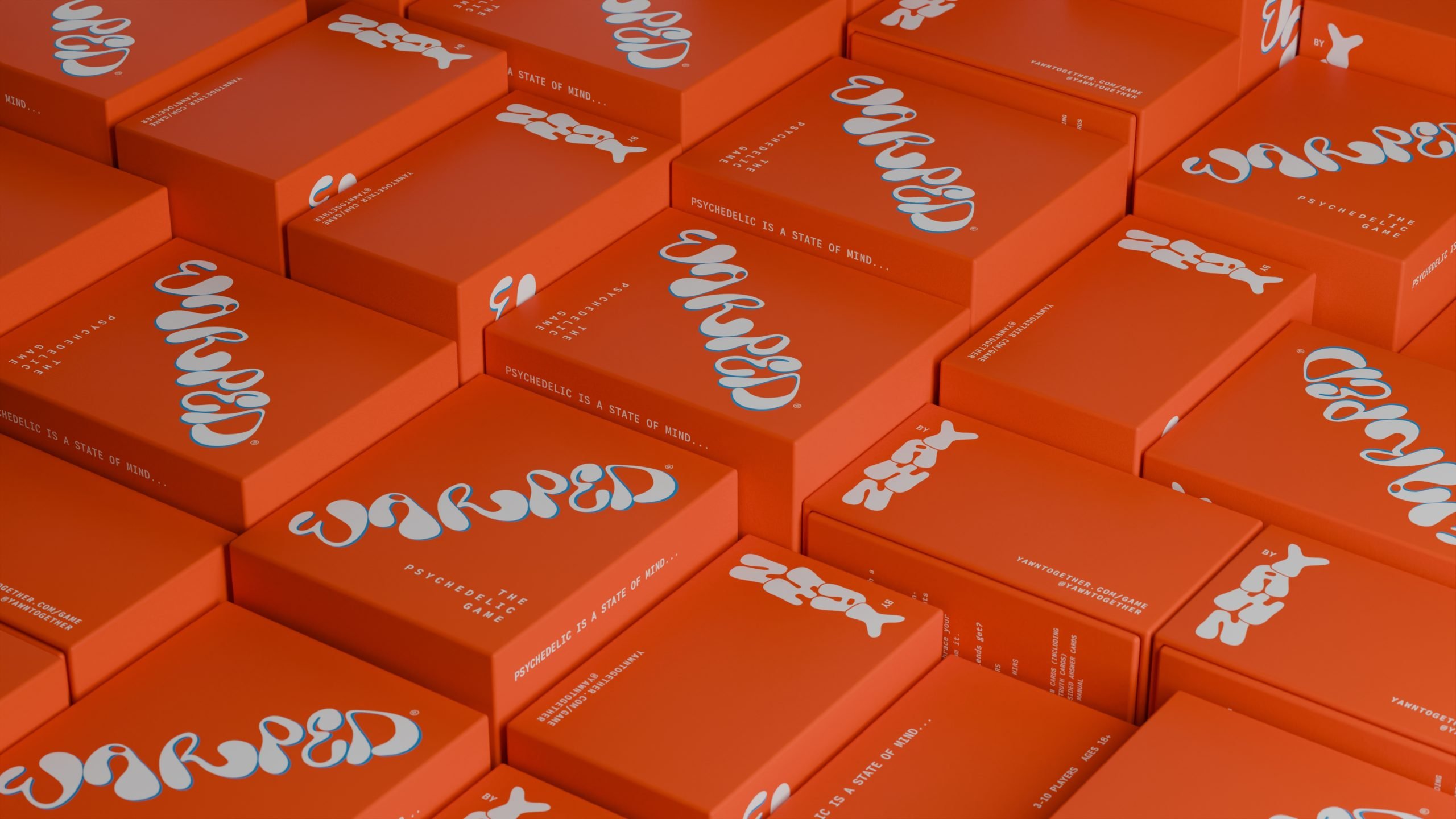It goes without saying that selling produce and other supermarket items package-free reduces the amount of plastic that ends up in landfills, or worse, our oceans and waterways. But for a group of supermarkets in New Zealand, theyâve noticed an unintended consequence when they experimented with selling produce package-freeâan increase in sales, with some items seeing a threefold increase.
As reported by the New Zealand Herald, a group of New World supermarkets started an experiment called âfood in the nude,â removing all plastic wrapping from almost all of their fruit and vegetables, installing refrigeration shelves, misters, coordinating with suppliers, and even visiting supermarkets like Whole Foods all the way in the US to do research.
It’s almost like bringing the farmer’s market to the grocery store.
